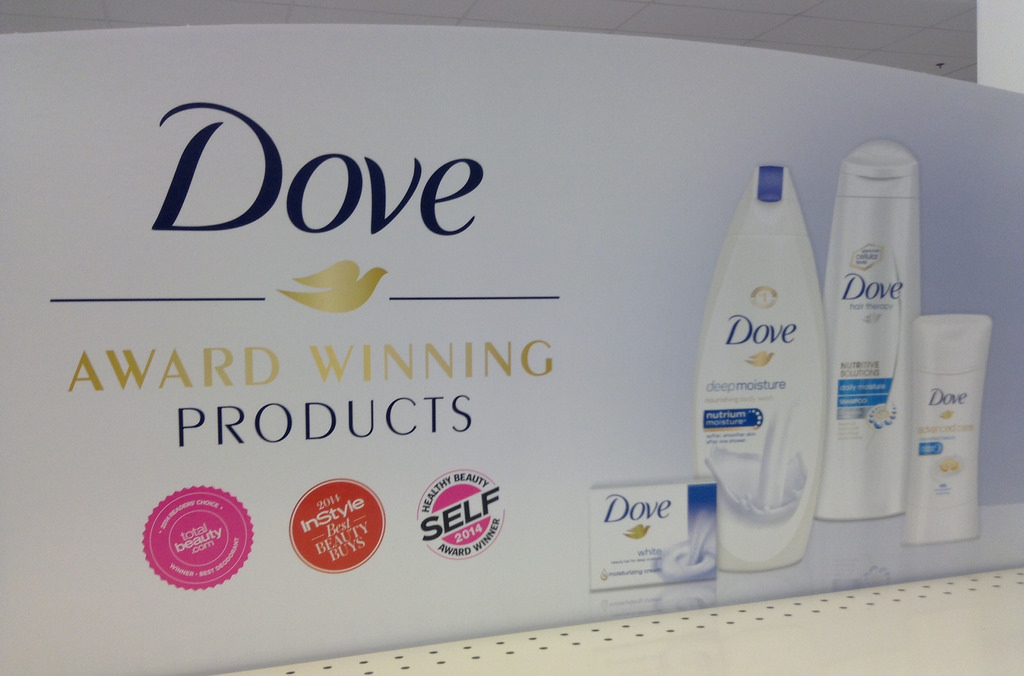One retailer’s principled stand shows an intrinsic understanding of customer outcomes
Aren’t orang-utans cute? Would you like one in your home? Well, now you can if you shop at Iceland, who, on the back of their recent thwarted TV campaign are offering cuddly monkeys for a mere £5 with the profits going to an animal rescue charity
Frozen out
UK food retailer Iceland is cashing in on what must be the most successful TV advertising campaign to have not actually screened on TV. UK readers will almost certainly be aware that Iceland wanted to screen an advert featuring a cute animated orang-utan to emphasise its commitment to removing palm oil from all its own-brand products. (The cute critters’ habitats are under threat from deforestation in the interests of satisfying our appetite for everything from shower gel to instant noodles – the lipid gets into 50% of supermarket products apparently.) Clearcast, the UK’s advertising clearance watchdog, deemed the advert could not be screened as it contravened the code on political advertising. Possibly the animation being originally made by environmental campaigners Greenpeace tipped the balance against Iceland. Possibly it was just an overload of cute.
Anyway, the outcry generated by the non-screening of the advert – and the resultant viral sharing of the YouTube version has not done the retailer too much harm in the run-up to Christmas. And an online petition to reverse the decision has attracted a million signatures. Clearly they have tapped into something.
So, is this a cynical cash-in or does it point to something more important?
It’s clear that this is a perfect confluence of a company acting with integrity and, moreover, a clear purpose and, mischievously or not, creating a media storm around their actions.
A look at Iceland’s website puts their concerns front and centre, making them distinct from other retailers whose efforts in environmentally-sensitive efforts have been sporadic at best (just count the number of foods in your shopping bag wrapped in single-use plastic for example). It’s a bold, innovative move, but apes don’t do much shopping so what has this to do with customers and customer experience?
Everything. But perhaps not the way you might think.
Virtue signalling
I’m not going to use this article to argue the pros and cons of environmentalism or global warming, although it does seem a bit irresponsible to be gobbling up rainforest at the rate of 146 football pitches a day – in Indonesia alone – just so we can shower in comfort or enjoy a pot noodle (this may be a contradiction in terms). What interests me though is something that Colin Shaw in a recent LinkedIn article made me realise: status is a vital part of understanding customer outcomes.
What I call the “status outcome” is more easily associated with luxury goods – Colin’s example is a Mont Blanc pen – where the branding is usually a luxury one and buying such a brand says something about the purchaser.
But it made me realise that the status outcome is a strong motivator for a lot of customer behaviour even if you profess to be largely uninterested in the luxury goods market. In the case of environmental issues such as the ones championed by Iceland, if I decide to shop there or buy one of their cuddly toys I am signalling to the other members of my “tribe” (these behaviours are all built into our genes) that I care about issues such as saving the planet and this statement may confer on me a certain status.
This behaviour is dismissively referred to by some as “virtue signalling” – as if those making the accusation have never done something similar or would prefer vice-or-iniquity-signalling as somehow more worthy – but I think that, from a customer experience point of view, understanding virtue signalling/status outcomes is a vital component: if the experience of my product or brand reinforces the customer’s status and aligns with my corporate purpose then this is a virtuous circle that companies would do well to identify and maximise.
Y=y
Iceland would no doubt think the above is so much blather – their wonderfully candid website has a cruel but entirely fair pop at management consultants – but I stand by my analysis. It’s also part of a trend towards purpose-driven marketing: something that captures customers’ hearts as well as their wallets and extends way beyond the product.
I have a simple equation that I use to describe this:
Y=y
What I mean by this is that if there is a degree of equivalence between Y, which is your company’s “why” – its purpose beyond generating a profit – and y, which is your customer’s “why” – something they care passionately about, then – bingo! – you have attracted a community of customers who share something bigger than a love of frozen food or whatever.
Purpose can also be a great motivator for staff, which in turn drives better customer experience, so I’m surprised more companies don’t devote more time and effort to identifying their purpose. If you’re in that category you know what to do…
Go ape.
